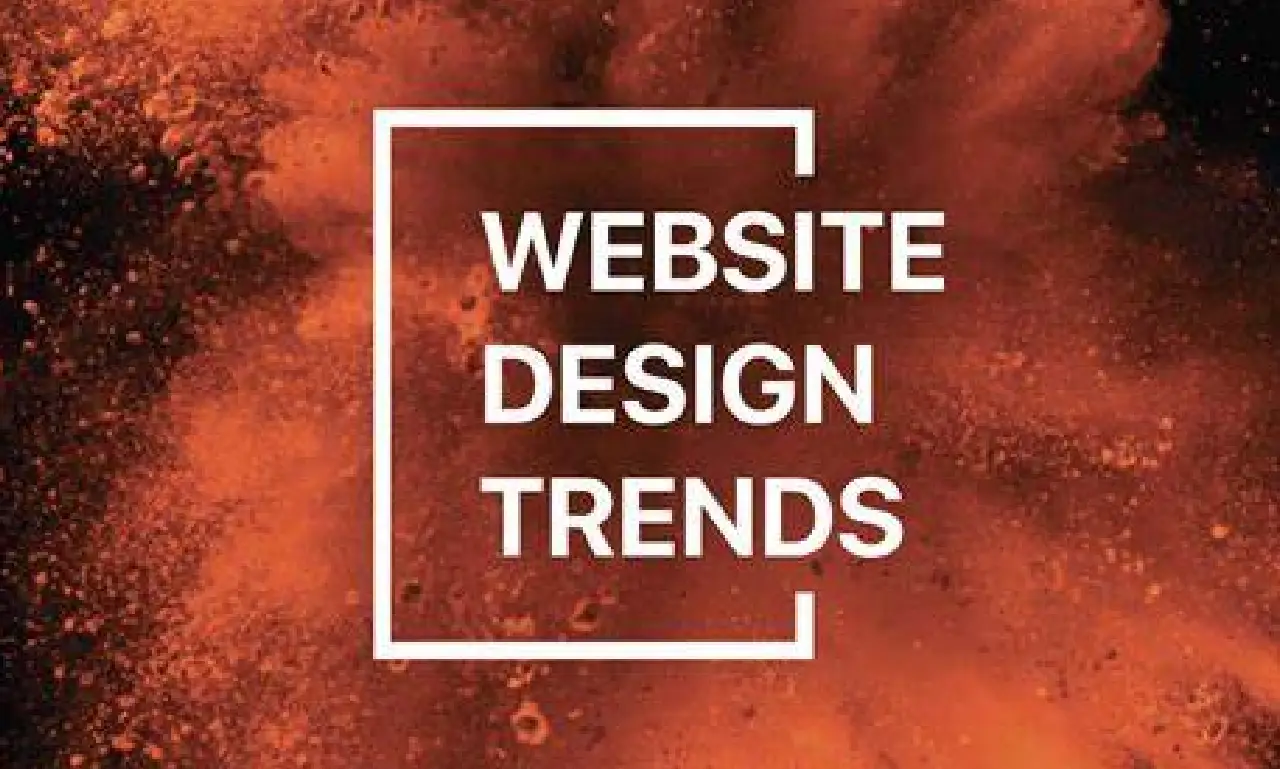Stay updated on the latest web design trends to know what’s popular and what to avoid for a modern and engaging website. In the fast-paced world of web design, staying ahead of the curve is crucial for any designer looking to make their mark.
With each passing year, we see new styles emerge, old ones evolve, or sometimes, completely fade away. Keeping in tune with the latest web design trends not only helps web designers create more engaging and effective websites but also ensures they remain competitive in their field.
What’s Hot in Web Design Trends
1. Simplified User Interfaces
Clean, minimalistic designs are taking the web by storm. The focus has shifted towards creating interfaces where content is king and clutter is a distant memory. This approach emphasizes simplicity, making websites easier to navigate and content more digestible. Users appreciate sites that don’t overwhelm them with too much information at once, making this trend not just hot, but also highly effective.
2. Engaging Visuals and Micro-Interactions
Visuals that catch the eye and small interactions that delight users, such as button animations or hover effects, are becoming increasingly important. These elements keep users engaged and add a level of depth to the user experience. When used wisely, these subtle cues can guide users through a website in an intuitive and enjoyable way.
3. Mobile First Design
With mobile devices becoming the primary tool for accessing the internet, the mobile-first approach has shifted from a trend to almost a standard in web design. Designing with smaller screens in mind first ensures that websites are fully functional and aesthetically pleasing on mobile devices, without sacrificing quality or performance when scaled up to desktop screens.
4. Dark Mode
Offering dark mode on websites has seen a surge in popularity. This feature not only gives websites a modern look but also reduces eye strain for users in low-light conditions, potentially increasing the time they spend on a site. Plus, it gives users control over their viewing experience, a customization aspect that many appreciate.
5. Voice-Activated Interfaces
As voice search becomes more popular, integrating voice-activated interfaces into web design is on the rise. These interfaces can make websites more accessible and provide a more natural interaction for users, catering to the evolving way people use technology.
What’s Not in Web Design Trends
1. Complicated Designs
Gone are the days of complex layouts and busy designs. Today, users favor straightforward, clean web designs that make finding information easy. Websites cluttered with too much information, excessive colors, and intricate patterns tend to push users away rather than draw them in.
2. Static Websites
Websites that are static and lack interactive or dynamic elements fail to engage users in the same way their more lively counterparts do. In today’s web, interactivity is key to keeping users interested and engaged with content. Static websites simply can’t offer the same user experience and are falling out of favor.
3. Text-Heavy Pages Without Breaks
Large blocks of text without breaks can be daunting and unappealing to users, who often skim content for key information. Incorporating elements like images, bullet points, and headers to break up text is essential for creating content that users can easily digest.
4. Overuse of Generic Stock Photos
While stock photos can be helpful, relying on them too heavily, especially when they’re clearly generic, can make a website feel impersonal and disconnected from its audience. Custom graphics and photos that align with the brand and message resonate much more with users.
5. Auto-Play Videos and Background Music
Users like to have control over their web browsing experience, and auto-play videos or background music can be disruptive and sometimes startling. This trend is seeing a significant decline as designers prioritize user control and comfort over flashy, intrusive elements.
Staying Ahead in Web Design
To stay ahead in the web design game, it’s crucial to keep an eye on what’s hot and what’s getting left behind. Web designers should always aim to create sites that not only look great but also provide a seamless and enjoyable user experience. By focusing on trends that enhance usability and engage users—like simplified user interfaces, engaging visuals, and mobile-first design—web designers can ensure their projects are not just current, but also forward-thinking.
However, it’s also essential to remember that trends come and go. The key to lasting success in web design is recognizing which trends align with your project’s goals and audience needs. Incorporating the latest web design trends thoughtfully and purposefully will help create websites that are not only trendy but also timeless and effective.
Remember, the goal of following web design trends is not to jump on every bandwagon but to identify which trends can help better serve your users and enhance your website’s performance. By keeping the focus on the user experience, web designers can navigate the rapidly changing landscape of web design with confidence and creativity.





